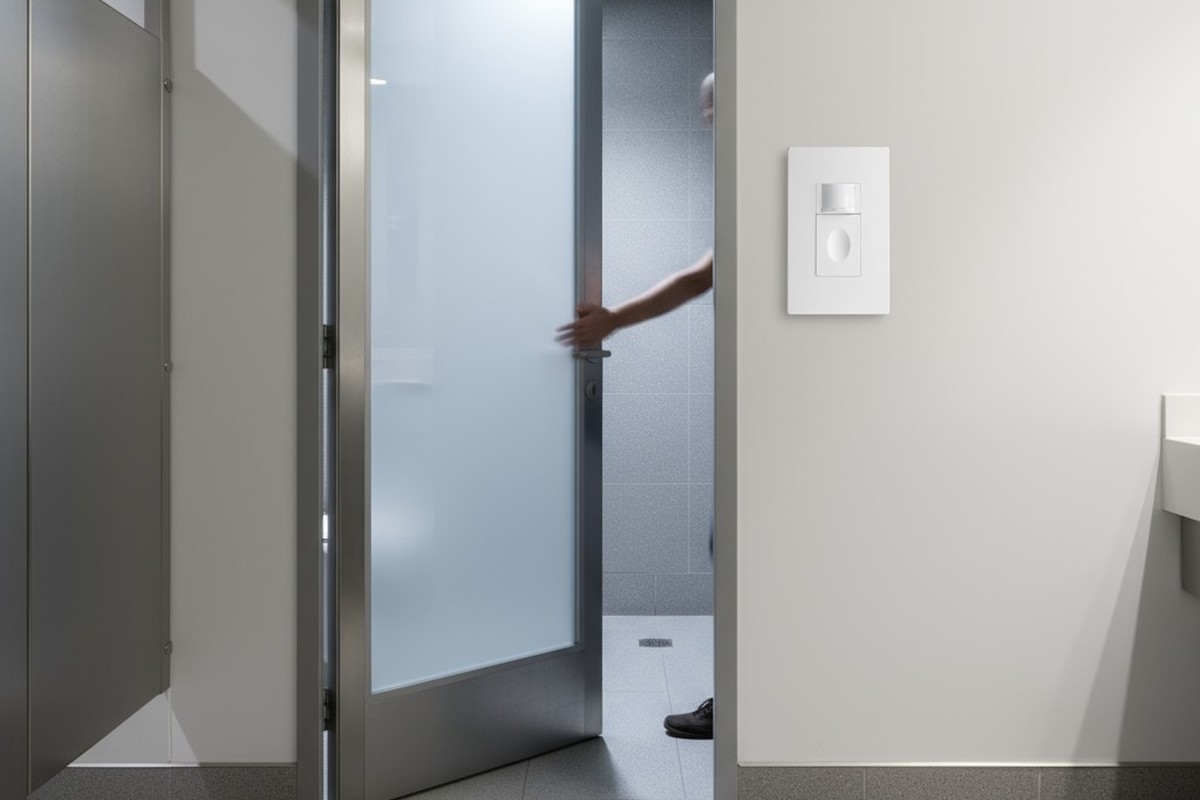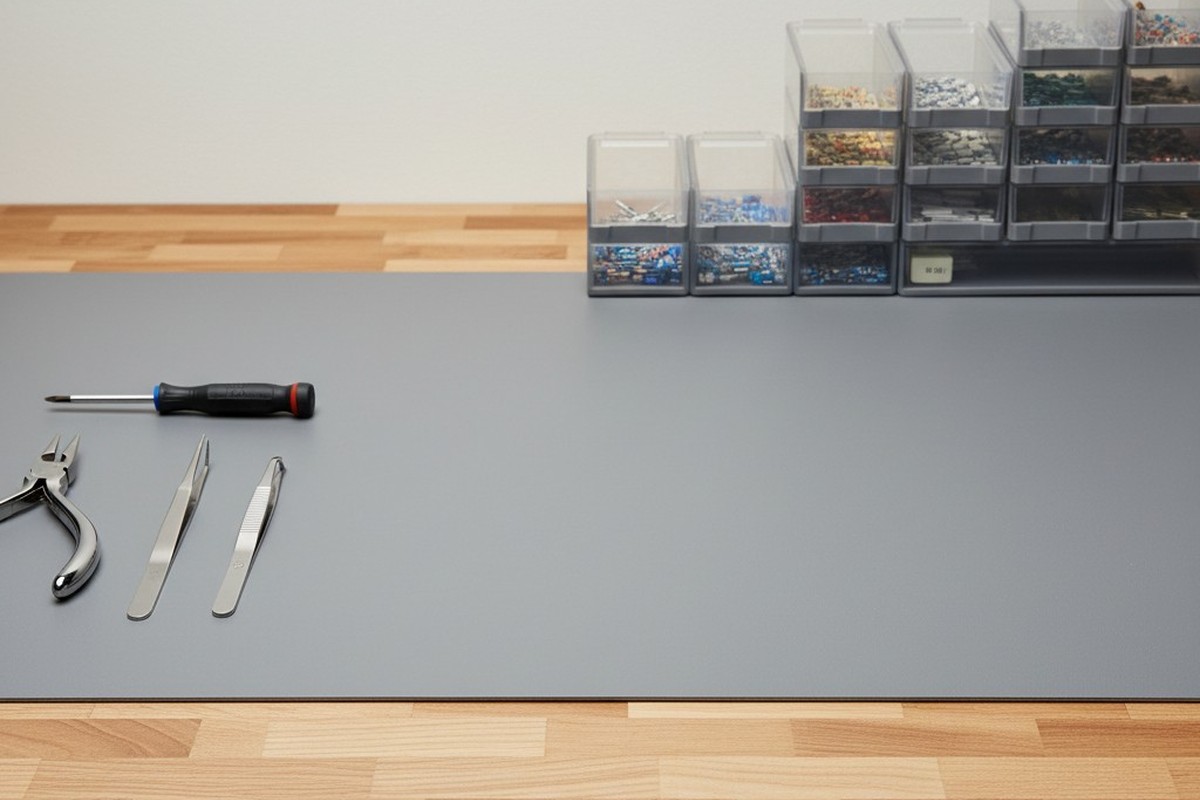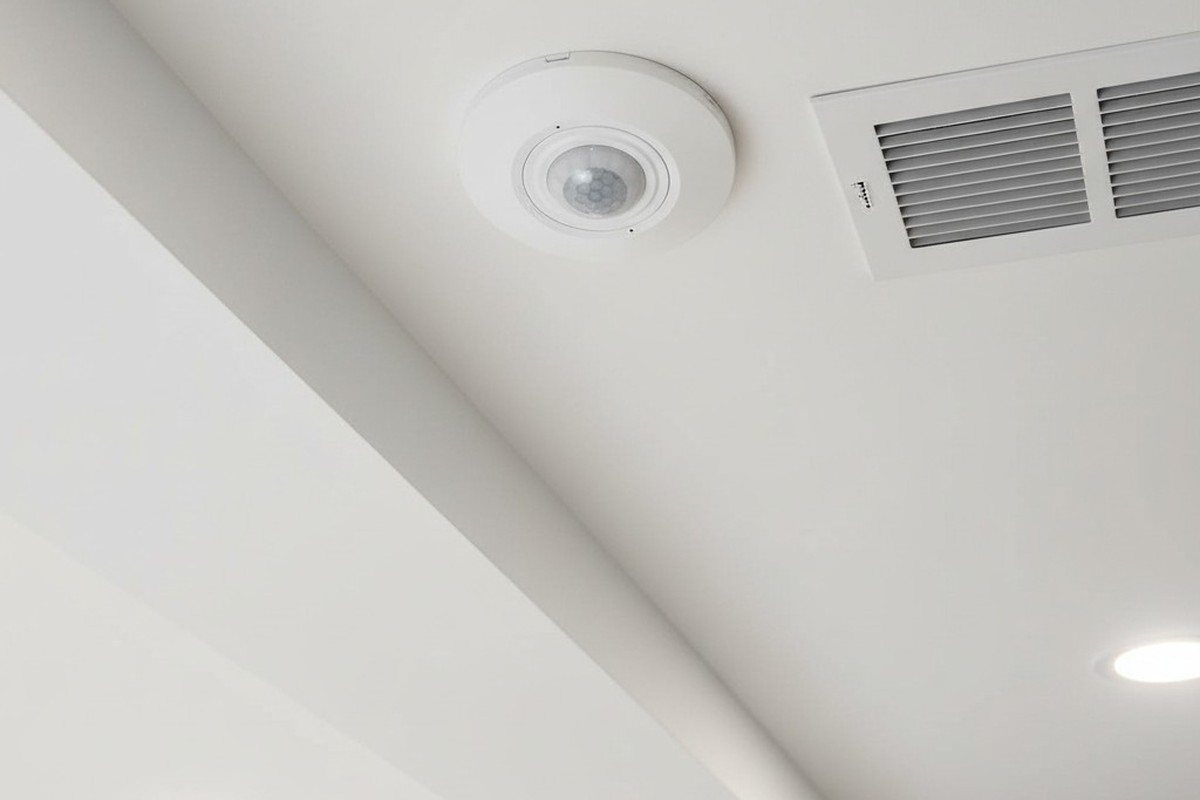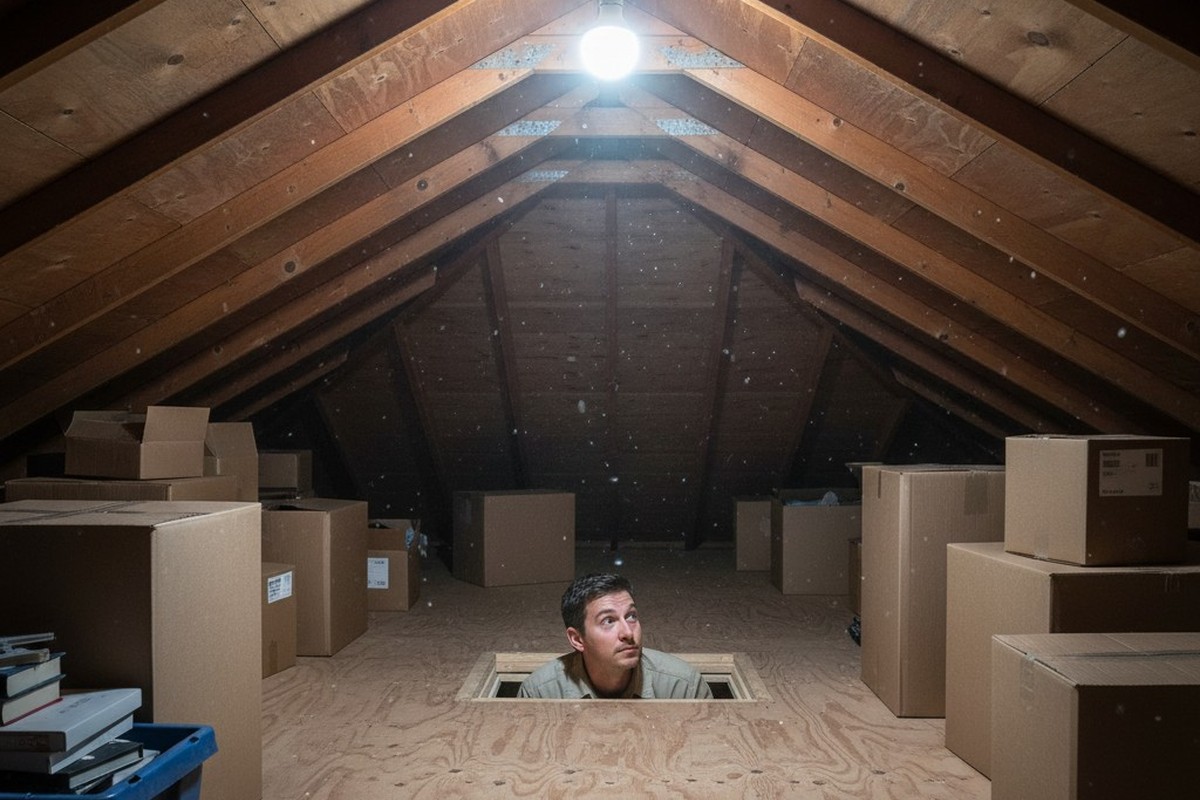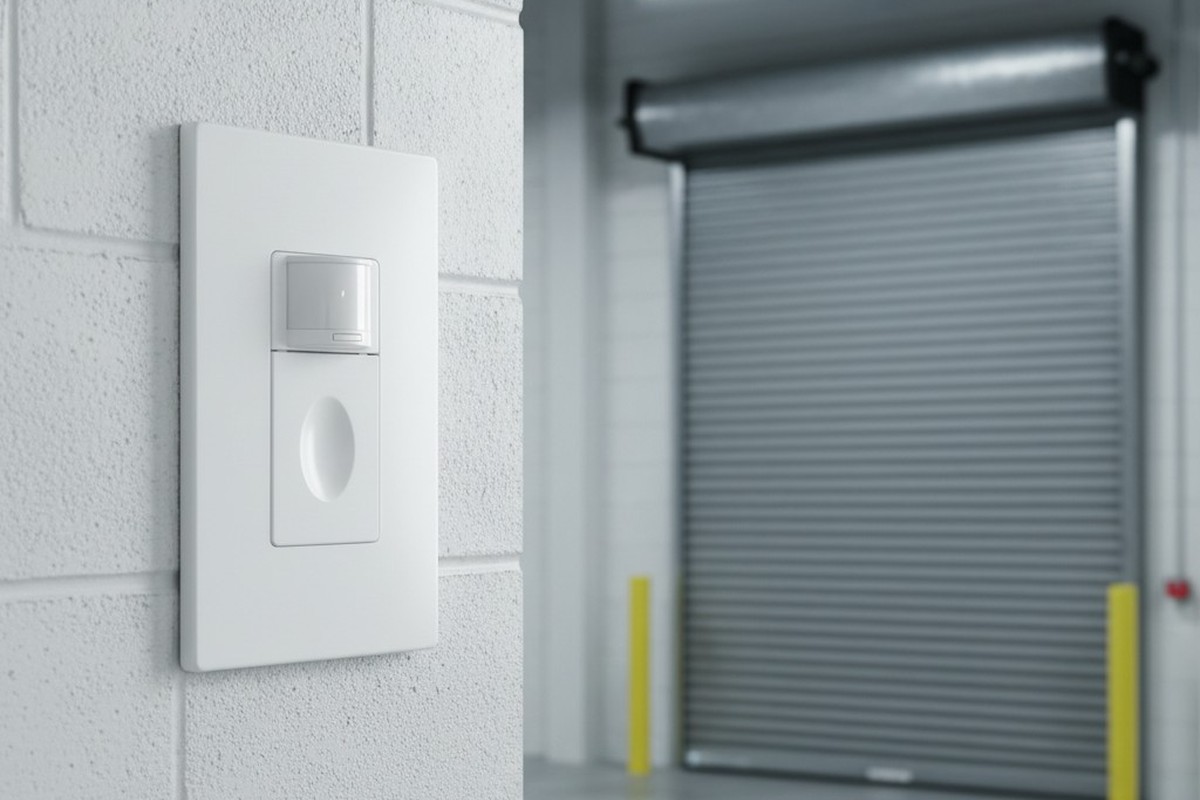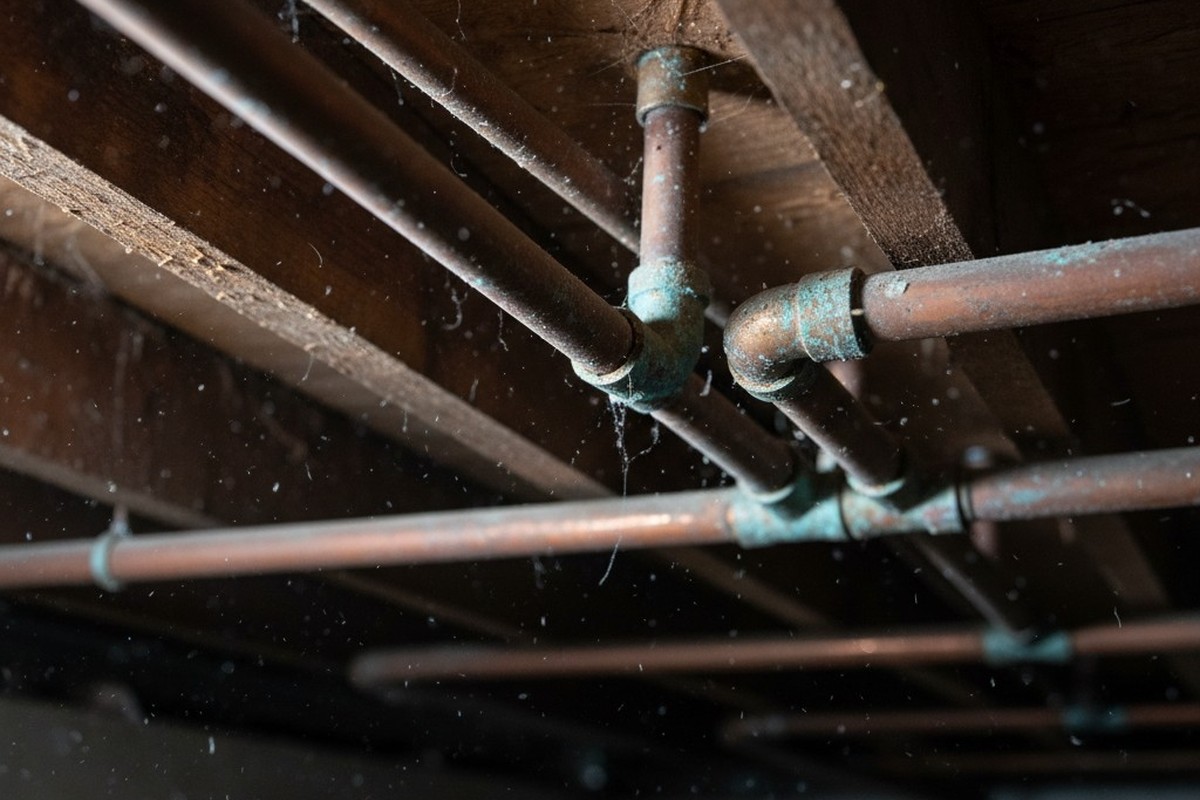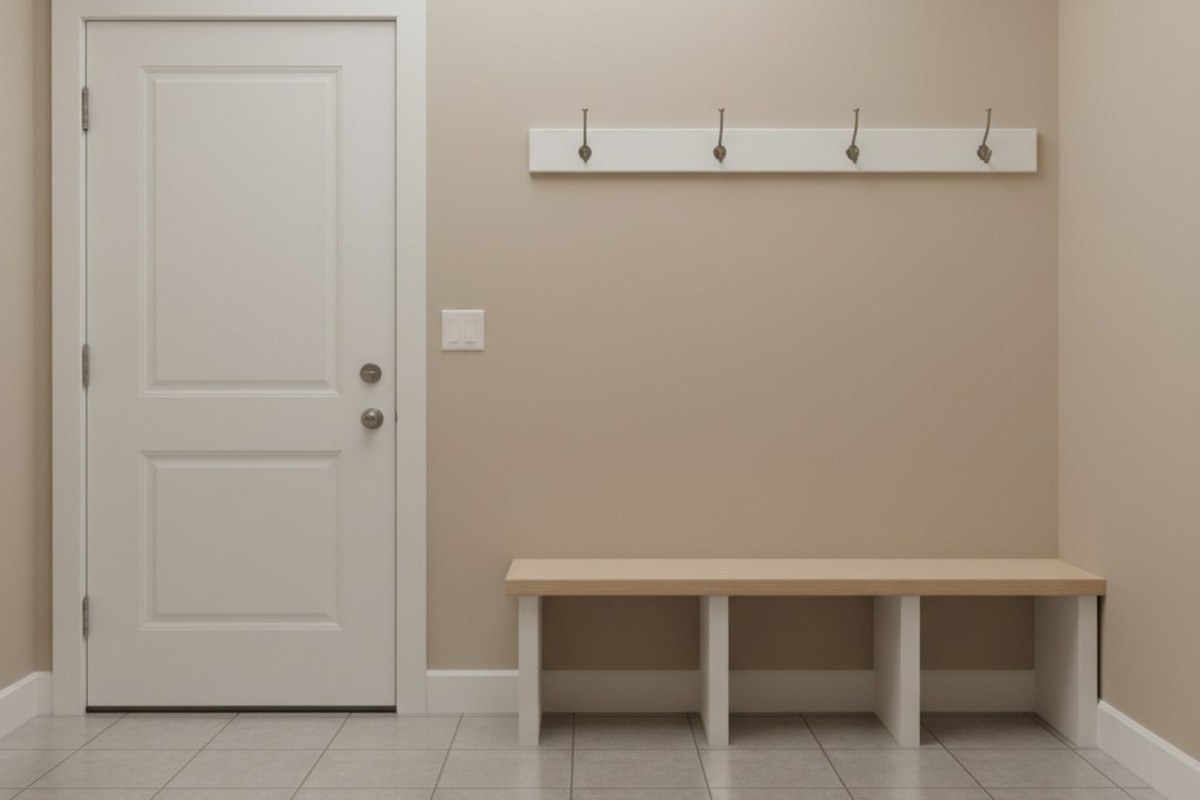In the demanding environment of a commercial cold storage facility, motion sensors often become a source of persistent failure. The promise of energy efficiency and operational safety gives way to the reality of maintenance calls, operational disruptions, and lights that either refuse to turn on or stubbornly stay lit. The immediate assumption often points to the cold itself as the sole culprit, a simple case of electronics surrendering to an extreme environment. The truth, however, is a more complex interplay of physics and moisture, a battle that standard indoor sensors were never designed to fight.
Understanding these failures is not a matter of simply choosing a more expensive sensor. It requires a deeper appreciation for the science of detection in sub-zero conditions and the practical art of creating a survivable space for sensitive electronics. This is the systematic approach to diagnosing why sensors fail and implementing robust solutions that ensure they endure.
The Physics of Invisibility and Condensation
When a motion sensor ceases to function in a cold room, the failure rarely stems from a single cause. It is a cascade, beginning with a problem of perception. The most common technology, Passive Infrared (PIR), operates by seeing the thermal contrast between a warm moving body and its cooler, static surroundings. In a refrigerated space, that critical temperature differential shrinks. The environment is already cold, and personnel are swathed in insulated workwear designed specifically to trap body heat. To the sensor, a person’s heat signature becomes a faint whisper, easily lost against the background noise. The sensor isn’t broken; it has been rendered effectively blind.
This phenomenon is not a simple malfunction but a predictable outcome of physics. At the core of a PIR sensor lies a pyroelectric crystal that generates a tiny electrical charge when exposed to a change in infrared radiation. At extreme low temperatures, the crystal itself becomes less responsive, requiring a much stronger thermal signal to react. The combination of a fainter signal from the heavily clothed person and a less sensitive detector means the sensor’s effective range collapses. A person must be almost directly beneath it to be seen, creating frustrating and dangerous blind spots in what should be a fully covered area.
Yet, an even more destructive force is at work: condensation. The meeting of warmer, moist air from outside with the frigid surfaces inside the cold space creates a persistent threat. Moisture can fog the sensor’s lens, scattering infrared light and blinding it just as effectively as a lack of thermal contrast. But the more insidious damage happens when the sensor itself breathes. Imperfect seals allow moist air to be drawn inside the housing. As temperatures fluctuate, this moisture condenses directly onto the printed circuit board, leading to the slow death of corrosion or the immediate catastrophe of a short circuit.
A Strategy of Technology and Placement
The most critical decision, then, is selecting a technology that acknowledges these environmental realities. For refrigerated coolers, where temperatures hover between 0°C and 5°C (32°F and 41°F), a high-quality dual-technology sensor offers a robust solution. These devices pair a PIR sensor with a microwave (MW) detector. The microwave component, unaffected by temperature, provides reliable motion detection, while the PIR acts as a secondary confirmation, intelligently filtering out false alarms from air currents kicked up by evaporator fans. The two technologies work in concert to overcome the PIR’s inherent weakness in the cold.
For the truly punishing conditions of a deep-freeze application, where temperatures plummet below -10°C (14°F), PIR technology becomes a fundamental liability. Here, the strategy must shift to microwave-only or ultrasonic-only sensors. These technologies are immune to the thermal blindness that plagues PIR detectors. The challenge, however, moves from the detection method to the physical resilience of the device itself. The sensor must be housed in an enclosure rated for the environment, typically NEMA 4X, to protect it from moisture ingress, with careful placement to avoid false triggers from the vibrations of nearby machinery.
The Art of Weatherproofing: Creating a Survivable Micro-Environment
Even a sensor perfectly rated for low temperatures can be defeated by improper installation. True weatherproofing is an art of managing temperature differentials and denying moisture any path to the electronics. It involves looking beyond the spec sheet to address the subtle ways the cold can attack.
Get Inspired by Rayzeek Motion Sensor Portfolios.
Doesn't find what you want? Don't worry. There are always alternate ways to solve your problems. Maybe one of our portfolios can help.
One of the most overlooked failure points is thermal bridging. This occurs when a sensor’s backplate is mounted directly to a sub-zero surface. The intense cold conducts straight through the mounting screws and plastic housing to the internal components, rendering any built-in insulation useless. The solution is to create a thermal break. By using simple non-metallic spacers made of nylon or rubber, an installer can create a small air gap between the sensor and the mounting surface, effectively isolating the electronics from the conductive chill of the wall.
Just as critical is the proper sealing of cable entries. Silicone putty or electrical tape are temporary fixes doomed to fail. The constant expansion and contraction from temperature cycles will inevitably crack these seals, allowing the sensor to breathe in the humid, corrosive air. The only durable method is to use threaded conduit fittings with rubber gaskets, known as cable glands. They create a watertight seal that withstands temperature fluctuations, preventing moisture from ever reaching the circuitry.
In situations where budget constraints prevent the use of a specialized cold-rated sensor, it is still possible to dramatically improve the survivability of a standard, high-quality device. The approach involves creating a protected micro-environment. By mounting the standard sensor inside a larger, NEMA 4X-rated polycarbonate enclosure—preferably with a clear lid—it is buffered by an insulating pocket of air. Drilling a single, small weep hole at the enclosure’s lowest point is a crucial, if counterintuitive, step. It allows any condensation that inevitably forms inside to drain out rather than pool. This setup is a compromise, but it is a pragmatic one that can significantly extend the life of a standard device.
Looking For Motion-Activated Energy-Saving Solutions?
Contact us for complete PIR motion sensors, motion-activated energy-saving products, motion sensor switches, and Occupancy/Vacancy commercial solutions.
Validation and the Nature of Risk
Installation is not the end of the story. A sensor that functions correctly on day one may still be accumulating the stress that leads to failure weeks or months later. The primary risk in using a non-rated sensor is not immediate, catastrophic damage upon power-up. The true danger is the cumulative effect of repeated condensation cycles that occur every time a freezer door opens. This moisture is what ultimately corrodes the board or causes a fatal short.
To truly validate a system’s performance, professionals rely on methods that account for the physics of the cold. A classic piece of tradecraft involves creating a consistent, mobile heat source to map a PIR sensor’s true coverage. By taping a chemical hand-warmer or a small, battery-powered automotive bulb to the end of a PVC pipe, an installer can walk through the space with a repeatable heat signature, one that isn’t masked by insulated clothing. This allows for the precise mapping of detection boundaries and the identification of cold-induced blind spots, ensuring the system performs not just in theory, but in the unforgiving reality of its intended environment.

